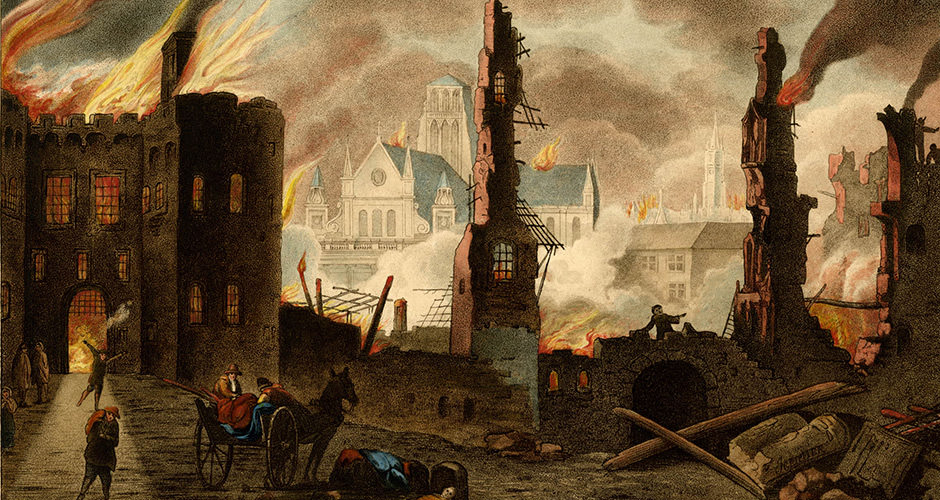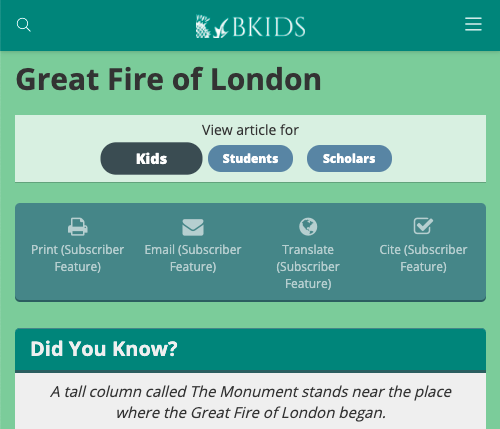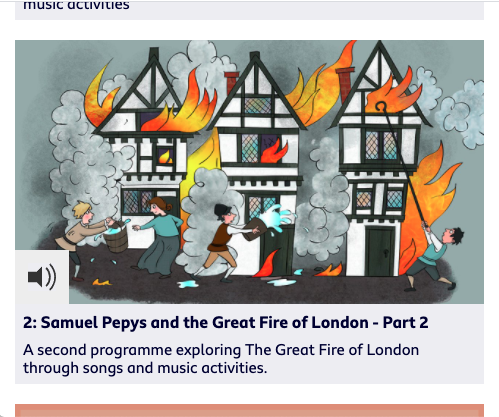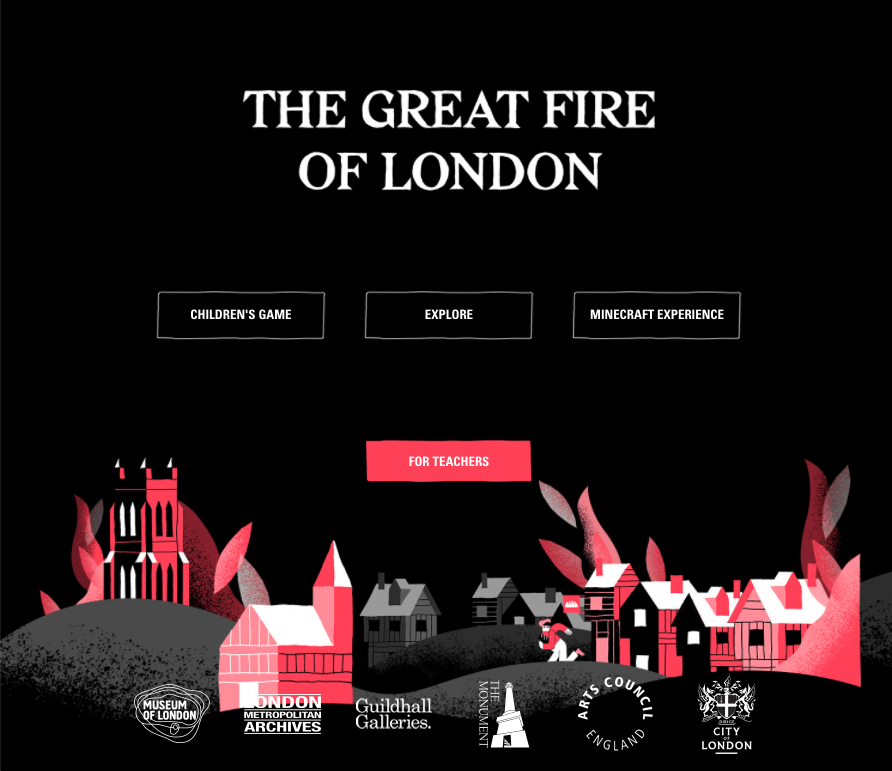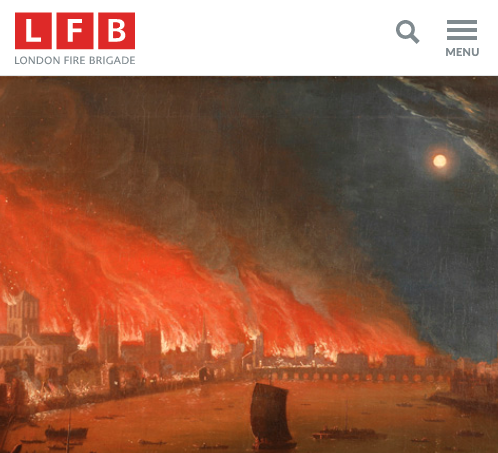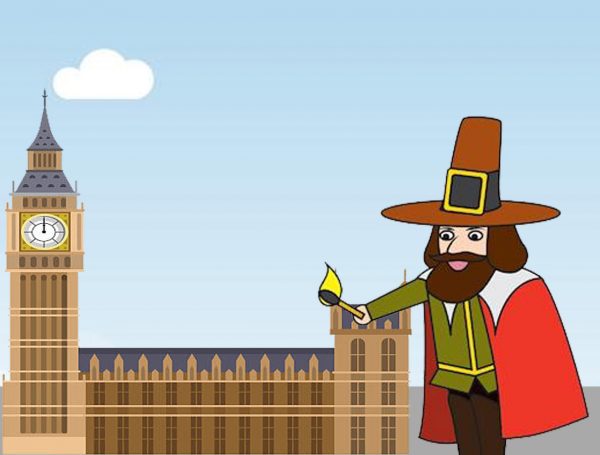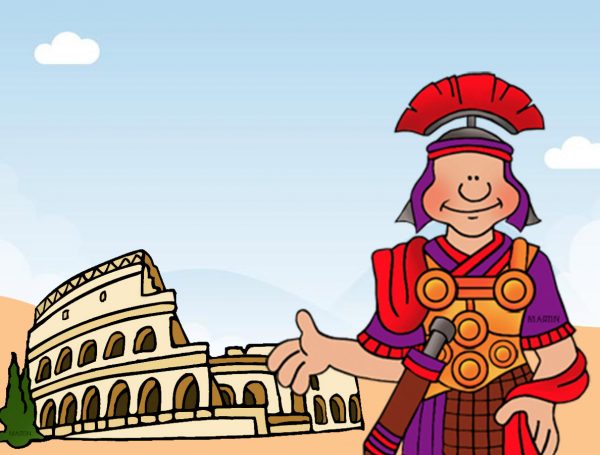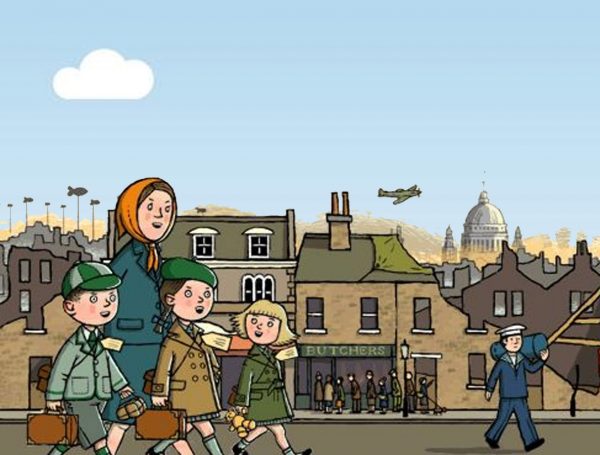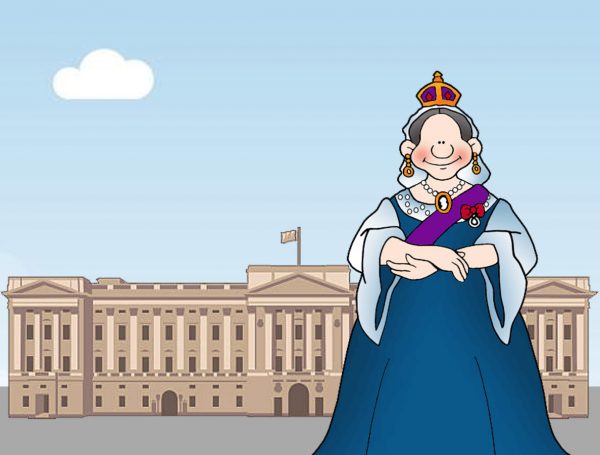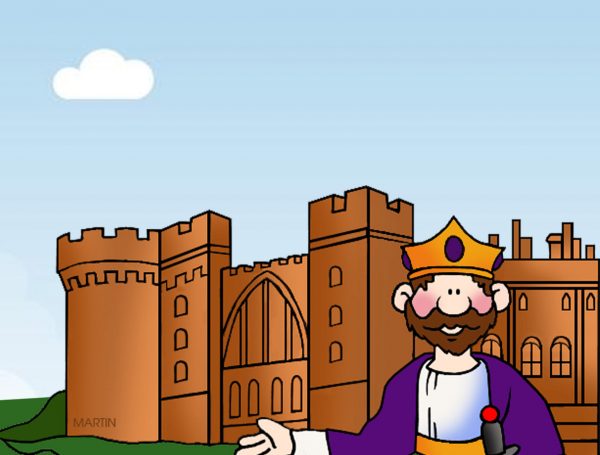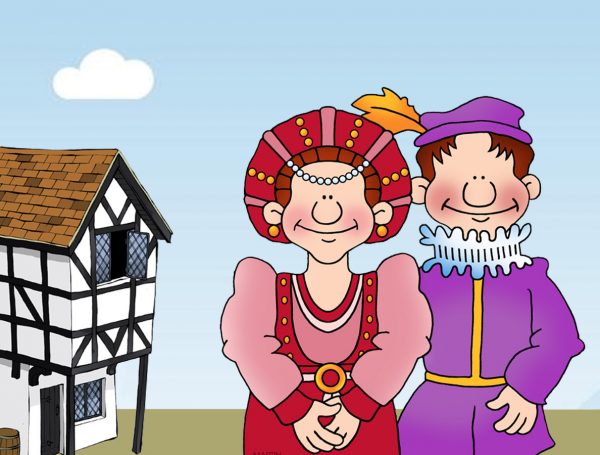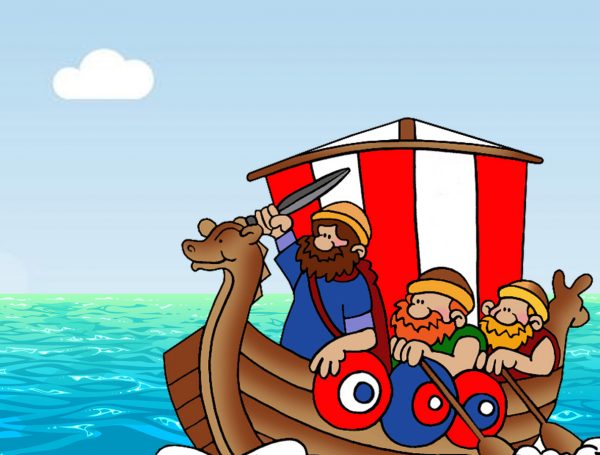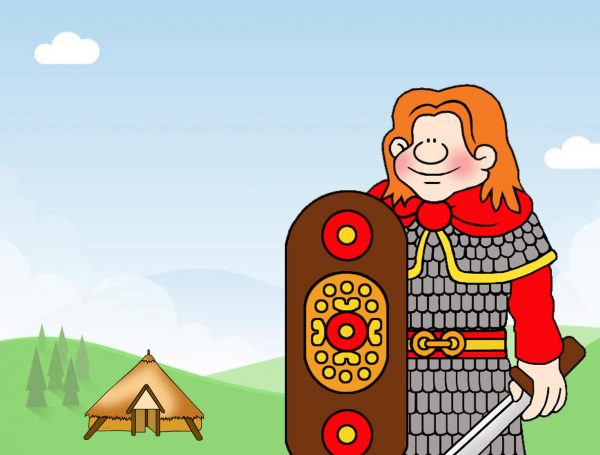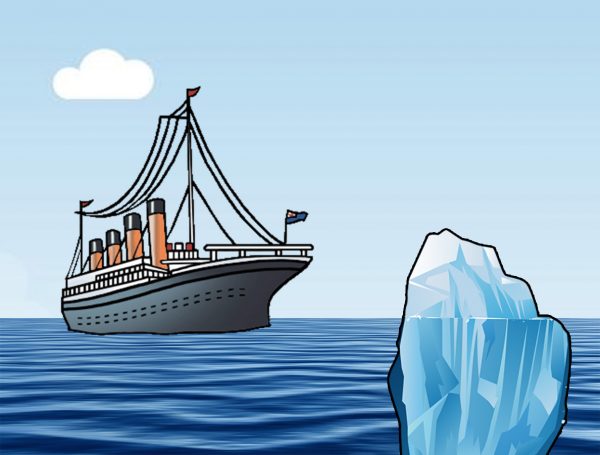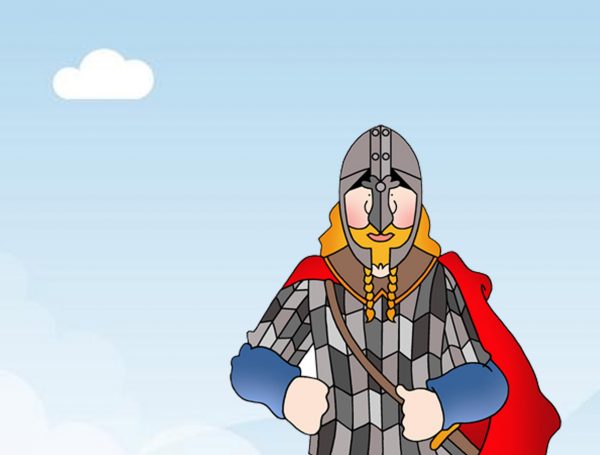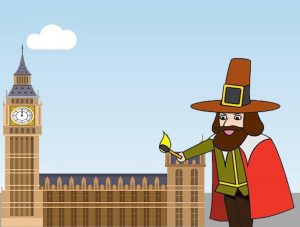When did the Great Fire of London Start?
The people of London who had managed to survive the Great Plague in 1665 must have thought that the next year (1666) could only be better, and couldn’t possibly get any worse! They thought wrong! In 1666, an enormous fire broke out and burned down many houses and buildings across the city.
The Great Fire of London started on 2nd September 1666 and lasted just under five days. It was one of the worst disasters in London’s history.
At 1 o’clock in the morning on 2nd September, a fire began in a bakery on Pudding Lane. It belonged to a baker named Thomas Farriner. A spark from his oven may have fallen onto a pile of wood nearby and caught fire.
Why did the fire spread so quickly?
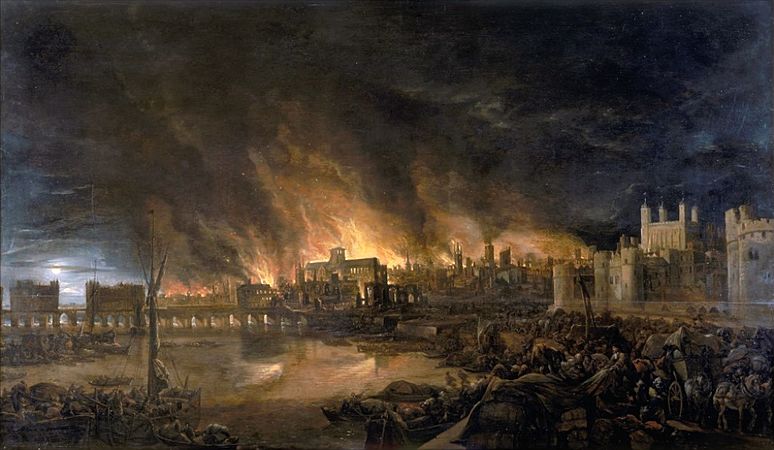

Fires in those days were quite common but they were usually put out quite quickly. In fact, on the night the fire broke out in Thomas Farriner’s bakery, the Lord Mayor of London, Sir Thomas Bloodworth, was woken up to be told about it and he replied “Pish! Someone could probably wee on it to put it out!” and then went back to sleep!
The summer in London in 1666 had been very hot and there hadn’t been any rain for weeks. As a result, the city was very dry which meant the houses and buildings caught fire very easily.
The houses and buildings were built of wood and often were covered in a flammable substance called pitch. They also had thatched roofs made of straw and they were tightly packed together.
About 350,000 people lived in London just before the Great Fire, it was one of the largest cities in Europe.
There were many large warehouses nearby full of wood and oil which are very flammable. This helped the fire to spread very quickly.
Instead of helping to put out the fire, lots of the people tried to run away and there weren’t any firefighters to fight the fire and put out the blaze.
The wind was quite strong and was blowing the flames from one building to the next.
It’s believed that the fire reached a temperature of 1250°C.
How did they put the fire out?
At first, people tried to put out the fire using leather buckets filled with water. They formed a line of people from the river Thames to where the fire was and passed buckets of water along the line using water from the river Thames.
They also tried to pull down houses uses axes and fire hooks to try to stop the fire but it was spreading so quickly and they couldn’t pull the houses down quickly enough.
On Tuesday 4th September, they started using gunpowder to blow up the houses. The wind finally dropped and groups of firefighters were set up around London to help bring the fire under control.
How much damage did the fire cause?
During this time, at least 70,000 people became homeless and about one-third of London was destroyed. Over 90 churches were destroyed, including St Paul’s cathedral.
London had to be almost totally rebuilt. Temporary buildings were put up for people to live in but disease spread easily in the overcrowded buildings, and many people died from this and the harsh winter that followed the fire.
13,200 houses, 87 parish churches, The Royal Exchange, Guildhall and St. Paul’s Cathedral,built during the Middle Ages, was totally destroyed. The costs were estimated at £10 million.
Only 6 deaths were officially recorded during the Great Fire of London, although this total could be higher. It’s thought that many of the dead were unrecognisable due to the fire, or came from poor backgrounds and so weren’t seen as important.
How do we know so much about the Great Fire of London?
Samuel Pepys, a man who lived in London at the time of the fire, kept a diary that has been well kept. He was a Clerk to the Royal Navy and he saw the fire first-hand. He recommended to the King that buildings were pulled down as many people thought it was the only way to stop the fire.
Samuel Pepys wrote how people were forced to evacuate their homes and had to chose to bury or hide what valuables they couldn’t carry. Pepys himself buried his expensive cheese and wine, and carted his other belongings off to Bethnal Green.
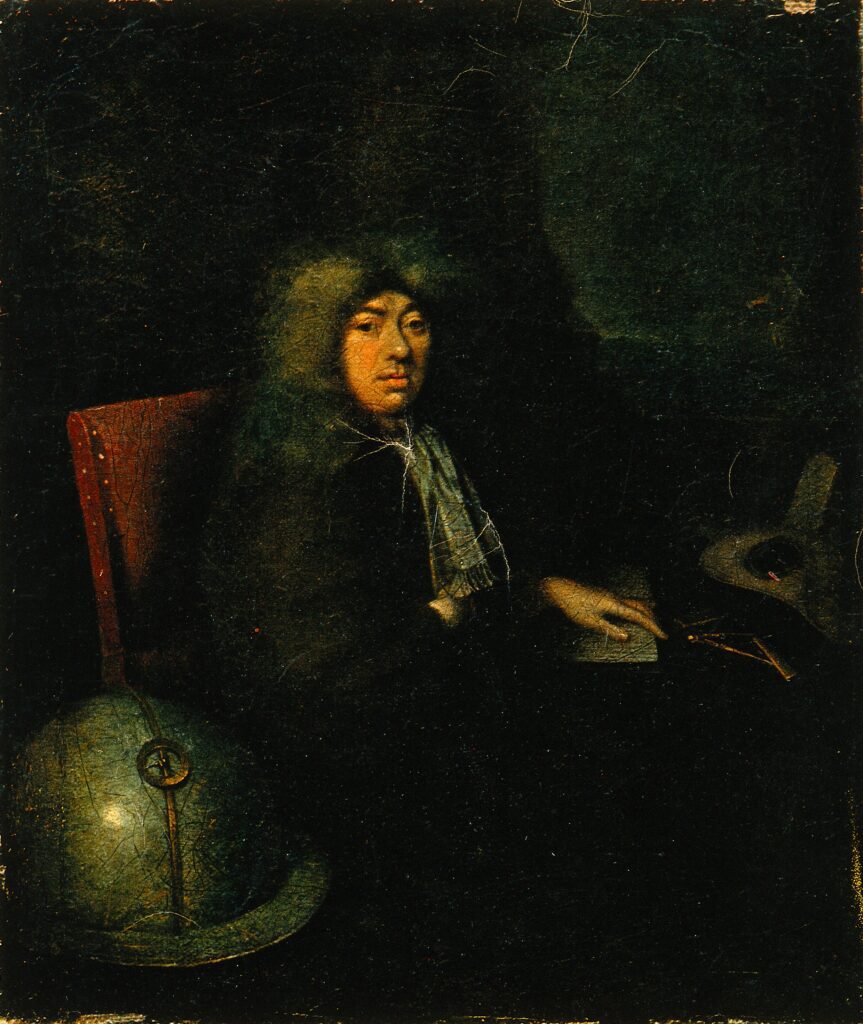

SJPS Great Fire Experience
We try to make learning experiences as authentic as possible. When learning about the Great Fire of London, our Year 4 children built Stuart houses. We set them up and made a mini London and relived the first moments of that fateful night. Children commented how they felt as they watched the fire spread and burn down their houses.

